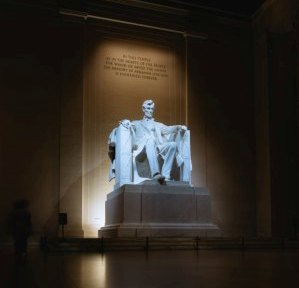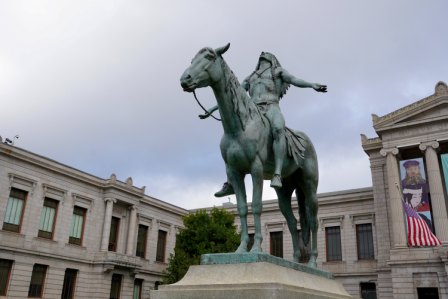 American sculpture is a testament to the creative spirit and cultural evolution of the United States. From the early days of European colonization to the contemporary art scene, American sculptors have carved, molded, and shaped their visions into enduring works of art. In this article, we will explore the fascinating journey of American sculpture, its diverse forms, and its enduring significance.
American sculpture is a testament to the creative spirit and cultural evolution of the United States. From the early days of European colonization to the contemporary art scene, American sculptors have carved, molded, and shaped their visions into enduring works of art. In this article, we will explore the fascinating journey of American sculpture, its diverse forms, and its enduring significance.
Historical Roots
American sculpture, like the nation itself, is a product of diverse influences. In the colonial era, artists often emulated European styles, bringing with them the neoclassical aesthetics of ancient Greece and Rome. Early American sculptors like Hiram Powers and Horatio Greenough reflected these influences in their works, with classical themes and subject matter.
The American Renaissance

The 19th century marked a period of artistic awakening in the United States, known as the American Renaissance. During this time, American sculptors began to develop their unique voices and explore distinctively American themes. Artists like Augustus Saint-Gaudens, Daniel Chester French, and Harriet Hosmer created sculptures that captured the nation’s spirit and identity. Iconic works like Saint-Gaudens’ “Standing Lincoln” and French’s “The Minute Man” remain influential pieces of American art.
Depicting National Identity
One of the significant contributions of American sculpture is its role in defining and shaping the nation’s identity. Sculptures of founding fathers, presidents, and national heroes became important elements of public art, shaping the collective memory and commemorating historical events. The Washington Monument and the Lincoln Memorial in Washington, D.C., are prime examples of American sculpture’s role in reflecting the nation’s values and aspirations.
Innovation and Experimentation
The 20th century witnessed a surge in artistic innovation and experimentation within American sculpture. Artists like Alexander Calder introduced mobile sculpture, embracing abstraction and kinetic art. Meanwhile, artists such as Isamu Noguchi blended Eastern and Western influences in their works, offering a new perspective on sculptural forms.
Cultural Diversity and Expression

American sculpture has evolved in parallel with the country’s changing demographics. Sculptors from diverse backgrounds have brought their unique perspectives into the art form. Contemporary artists like Maya Lin, known for her design of the Vietnam Veterans Memorial, have redefined the scope and purpose of public sculpture. Lin’s minimalist and emotionally resonant approach to sculpture illustrates the power of art to engage with complex social and cultural issues.
Public Art and Community Engagement
Public art has been an integral part of American sculpture, making it accessible to a wide audience and engaging communities. Sculptures in public spaces, parks, and cities offer individuals an opportunity to interact with art in their daily lives, fostering a sense of unity and cultural enrichment.
Challenges and Relevance
American sculpture, like all art forms, faces challenges and debates regarding its role in contemporary society. Issues of representation, cultural appropriation, and the meaning of public monuments have sparked important discussions about the art’s relevance and social impact. These debates reflect the evolving nature of American sculpture and the need for artists to engage with pressing issues of our time.
In conclusion, American sculpture is a dynamic and evolving art form that reflects the country’s rich and diverse cultural tapestry. It has played a crucial role in shaping national identity, commemorating historical events, and engaging with contemporary issues. From classical elegance to avant-garde experimentation, American sculpture continues to be a source of artistic innovation and a reflection of the nation’s evolving cultural landscape.
